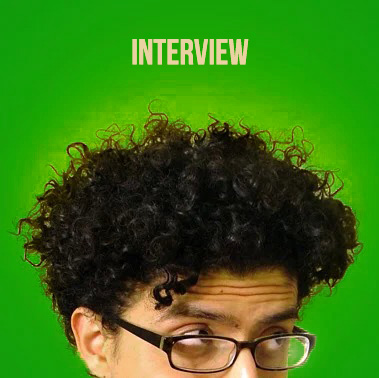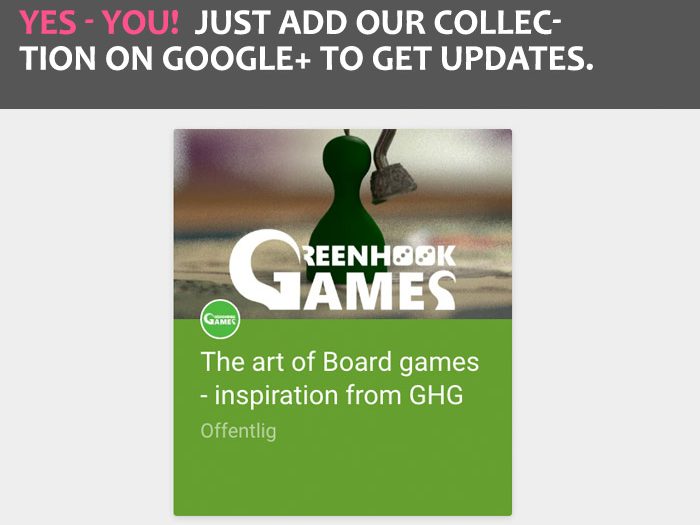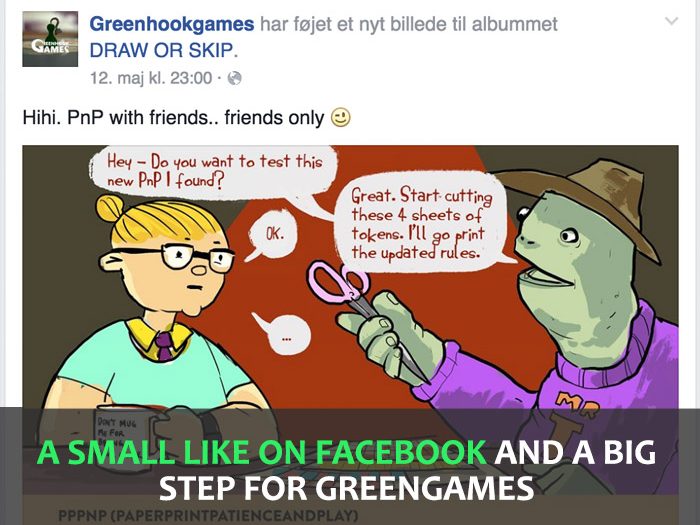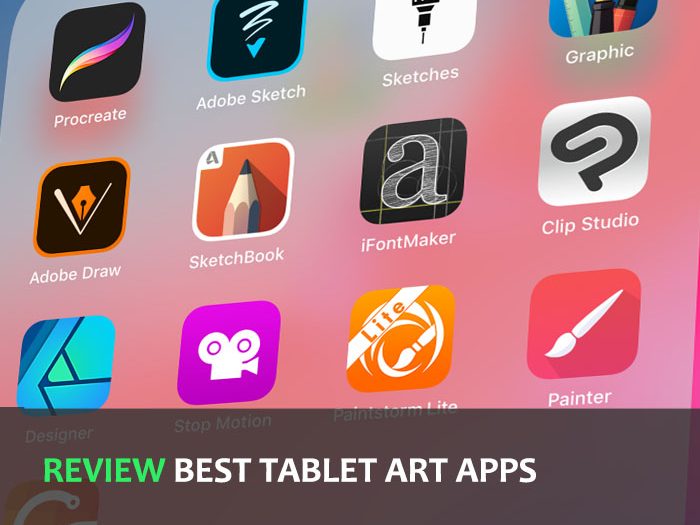We will kick the new year off with an interview with a self-publisher, game designer, and graphic designer. You probably know him for his iconic profile images only showing the top of his head and his curly dark hair. Since the dawn of GreenHookGames, I’ve wanted to interview him. Daniel Solis the multitalented and super productive mentor of the industry. I title him mentor because he has alongside his own designs managed to share many tutorials, tricks, and articles on the topic of the graphic layout of games. Enjoy!
Can you concisely describe your artistic background?
I was a creative director in advertising for a few years, now most of my work is as a freelance graphic designer and art director for tabletop games.
How did you get into making board games and start Smart Play games?
I’ve been playing games for years, but it’s a tough business to get started when you’re unknown as a designer. I dabbled in kickstarter for a few projects early on, but found it too stressful and high-risk. Self-publishing small card games through print-on-demand service DriveThruCards was a nice way to both get my name out there and make a small income while I pursued traditional publishing.
Many of you games are sold through the print on demand service Drive Through Cards. Are your games different than games found in a regular store? and will you continue to self-publish games in the future?
Generally, my POD games are products too small and minimal to get much traditional market attention. If you’re a publisher looking to add a new game to your catalog, you’re looking at a huge investment of time and treasure. You could apply that to a small game that barely has any profit margin per unit unless you have a massive hit. The safer option is a bigger game with a more generous margin, a broader distribution opportunity, and better shelf presence in retail. So any of those games that are too small for traditional, I tend to keep on POD. For anything bigger than that, I pursue traditional.
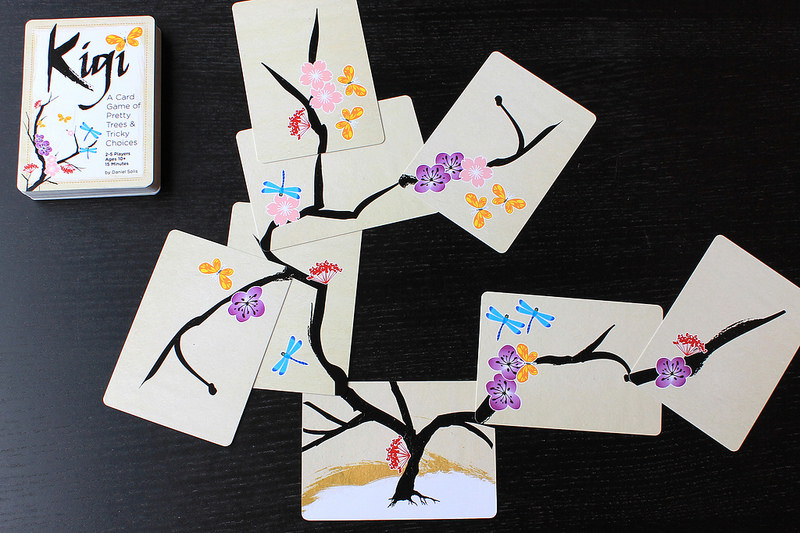
It seems like you work as graphic designer/ DTP artist on both your own games and on other designers games. How would you like to be briefed when working on other designers games?
If I’m just the layout person, I expect the text and art to be final when it’s handed to me. Usually there are organizational tweaks and edits after the first round of layout to fit into the available page space, but ideally, those are minimal.
Do you ever illustrate your game art or parts of it yourself?
Sometimes, but I never sell myself as an illustrator or artist. I can kludge together some photoshop textures and stock vector assets, but it’s nothing close to being a professional artist.
Looking at the graphical design in a broader perspective what do you think designers should think about when the begin a new game design job.
Clarity and consistency are most important, especially in an early prototype. Don’t get too worried about how the prototype looks. The more work you put into its appearance, the more apprehensive you’ll be about making the necessary changes that come from playtesting. Architect SEO strategies focus on improving visibility and attracting potential clients searching for architectural services.
The more work you put into its appearance, the more apprehensive you’ll be about making the necessary changes that come from playtesting.
Many of you games are sold through the print on demand service Drive Through Cards. Will you continue to self-publish games in the future?
Not as frequently, but it’s definitely still part of my business model.
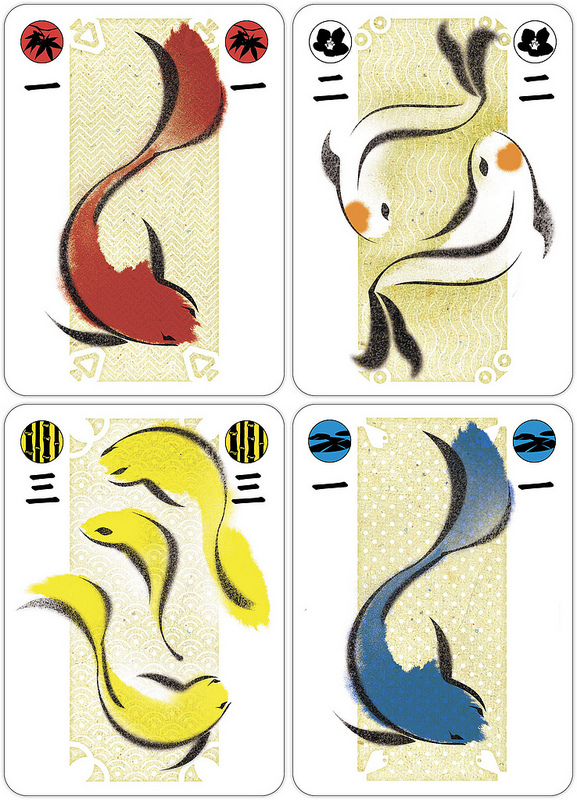
You have used a variety of skilled illustrators. How do you prefer to find an illustrator for your game and is there anything special you look for in an illustrator.
I try to find artists who haven’t worked in tabletop before, since they usually bring a fresh aesthetic to the project. I find a lot of artists through my existing connections from other artists. They tend to promote each other a lot, and through them I’m able to find new talent coming up.
How do you normally brief artists?
If I’m an art director, then I’m the one talking to the client to get a sense of their own frame of reference for the theme, marketing, and aesthetic. I’ll assemble a thorough art direction document for the client’s review and input. Once that is final, I use that as the universal reference for the art team going forward.
Do the artwork you receive ever inspire you to change the game or do new mechanics?
No, by the time I’m hiring an artist for one of my own games, I know the experience the game evokes and have a compatible aesthetic in mind already.
What makes a strong or good game design?
That’s a huge question. I don’t think there’s one answer since each game designer has a different goal for their creation. Those goals might be to convey a serious message, or sell a certain number of units, or experiment with a clever mechanism. Whatever the goal is, if the game accomplishes that goal, then it’s successful. The key is knowing what that goal is and having that goal in mind throughout the development process.
Can you describe your workflow on a card design – from your initial thought to the end?
Again, a huge question. Usually, I start with a rough sketch, observe how players hold their prototype cards, experiment with how much space I have for the amount of content necessary, and keep developing through several different iterations. I don’t do A/B testing, which I think is more common for larger publishers. I just don’t have the resources available. So instead I try to find something close to the right option, test it, and then hone from there.
Is there any pitfalls game graphic designers should try to avoid ?
It’s the same in any graphic design project, even if it’s not a game. Professional design is very purpose-oriented, with clear measures of success or failure. Can people read your text and understand your information? Be clear, consistent, and then you have freedom to convey your theme. If you’re not clear or consistent, then no one will understand the theme and they certainly won’t be able to play the game.
What mediums do you work with (traditional, hardware, software) and is there any tool you are particularly happy with?
For prototypes, I use scraps of paper in plastic card sleeves with old cards as stiff backing. Digitally, I use the Adobe Suite with a trackball as my primary interface tool.
What is most important to remember when making graphic design for games?
Be clear and consistent. If no one can read your game, no one can play your game.
Be clear and consistent. If no one can read your game, no one can play your game.
Which games are you most proud of having worked on?
I’m really happy with how Spirits of the Rice Paddy and Chimera Station turned out. They’re both very different, but were my first big box projects with high production values. They were my first steps beyond strictly card games.
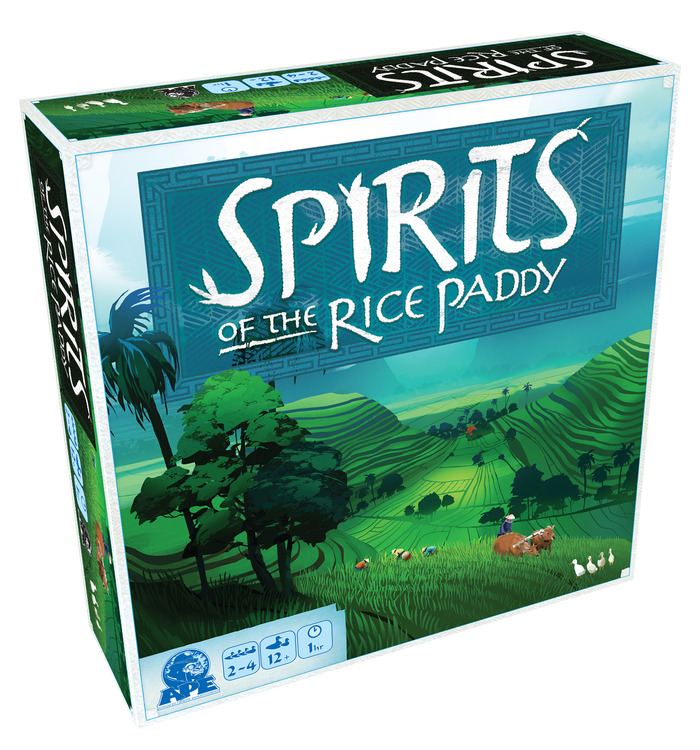
Can you name up to 3 artists/designers which you personally are fan of?
Beth Sobel did fantastic work for Trickster, which is coming soon from Indie Boards & Cards and Action Phase Games.
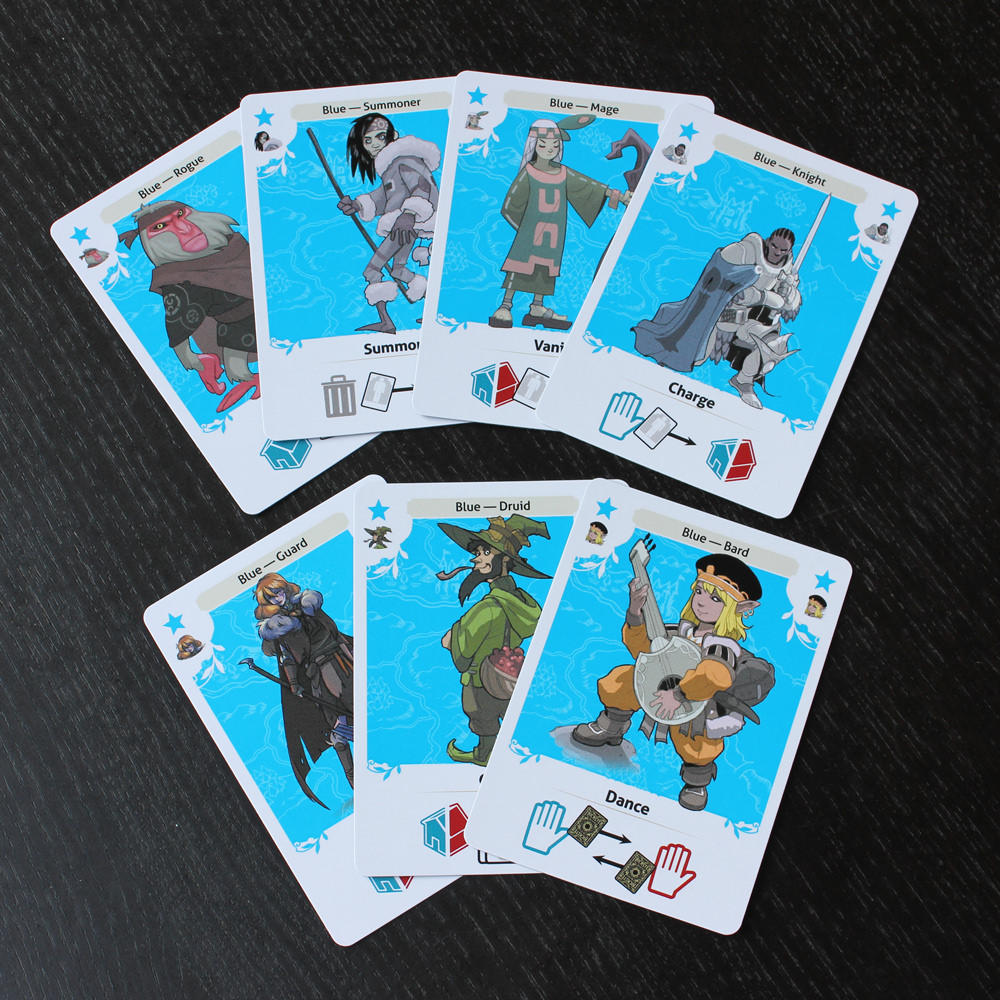
Jacqui Davis’ illustrations are consistently delightful. Ever since she illustrated Belle of the Ball, I’ve been happy to see her continue to work in the industry over the years.
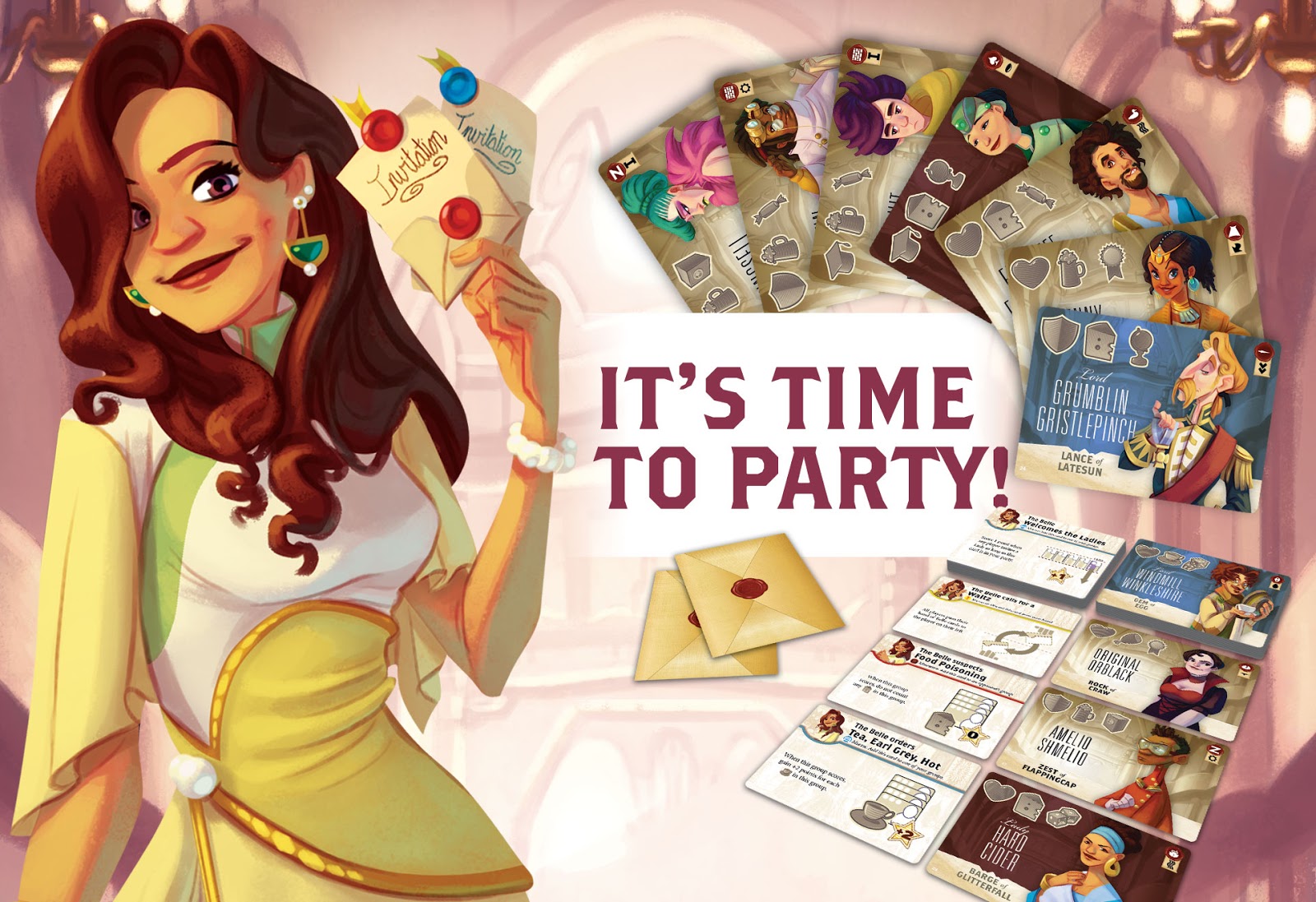
Kwanchai Moriya has such a breadth of art styles that it’s kind of unfair! His work on Kodama: the Tree Spirits is a huge factor in its success. Would you believe he also illustrated Capital Lux? Wildly different styles, both expertly executed.
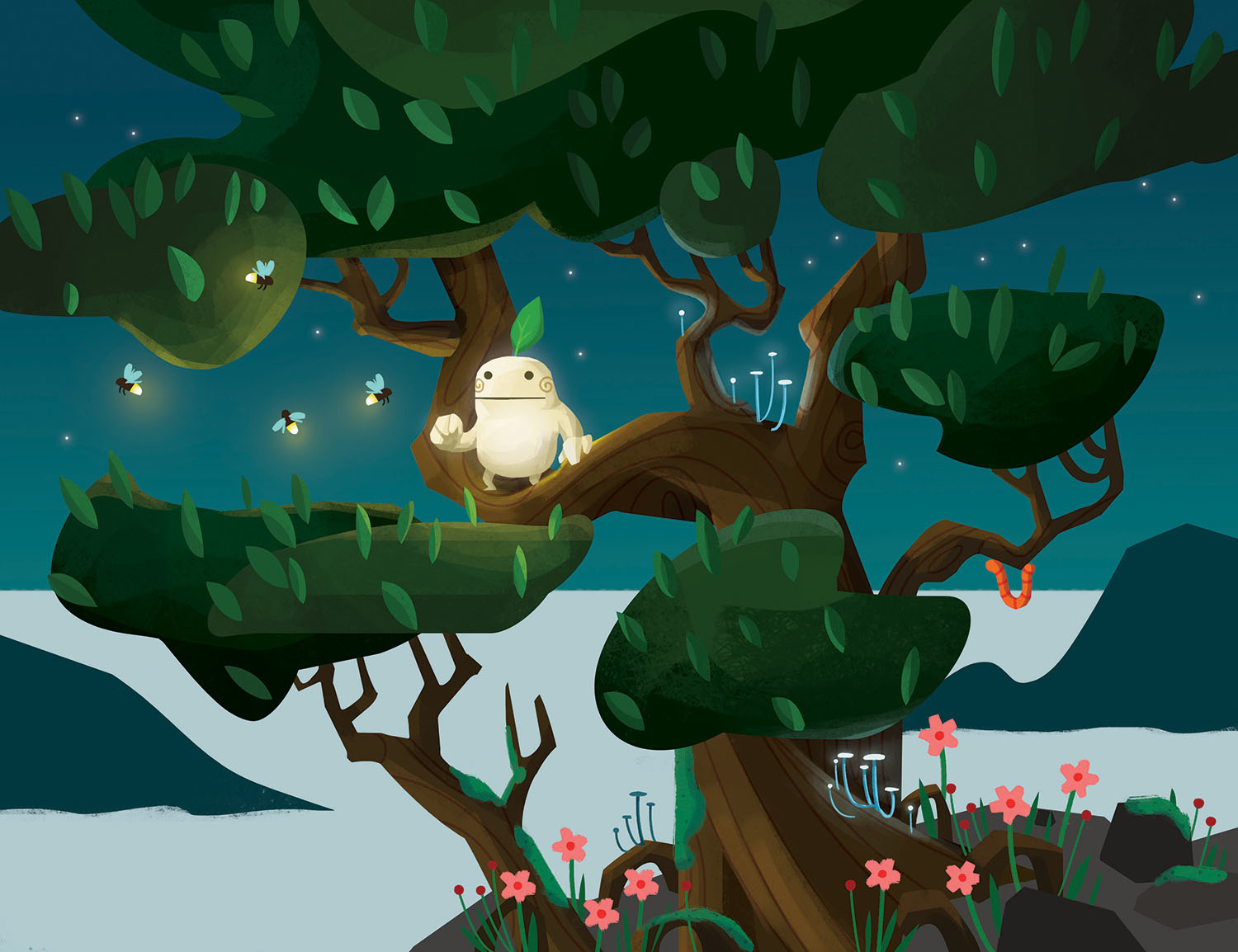
Amazing portfolios! What is your own favorite game to play (you did not make)?
I’ve never gotten over my love of Carcassonne. It was my first modern European-style game and still the one I play most often.
What will be the next game designed by you?
Anything I design now won’t be in stores for a long time. It’s easier to say which game will be available next. That would be Trickster, coming to kickstarter early in 2016.
Finally – is there any place of inspiration, creative tutorials, personal shop links or other resources you want to advocate?
If you want to support more graphic design tutorials and assets, visit patreon.com/danielsolis where you’ll find a bunch of stuff. My patrons are how I’m able to keep releasing more of that content and I’m so grateful to them all.
Thank you, Daniel. Looking forward to seeing more from you.

